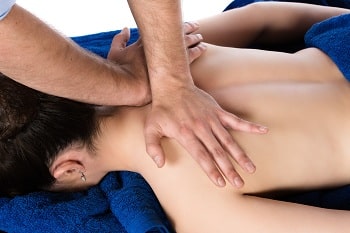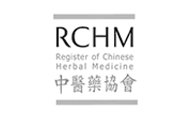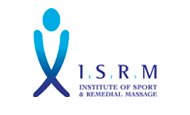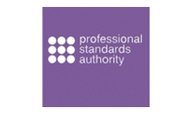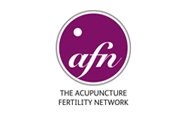Many are unaware of what myofascial release is, despite the many benefits it can have on an individual’s health, mobility and quality of life.
In this post, we explore what this unique kind of physical therapy is — often used to treat muscle tightness and sensitivity as well as chronic pain and structural imbalances— and whether it would benefit you as part of your health and treatment plan with Acubody.
Myofascial Pain Syndrome
Myofascial pain syndrome is a chronic pain disorder where pressure on sensitive points in your muscles causes pain in the muscle, and sometimes in seemingly unrelated parts of your body through the fascial connections creating strain, or myofascial trigger points, which refer pain.
Pain is sometimes determined to start from certain trigger points within the muscle and connective tissue that surrounds and supports your entire body. The pain develops usually through body use habits or starting with an injury which changed the way you move leading to too much load on certain tissues.
How Does Myofascial Release Work?
Myofascial release treatment focuses on reducing pain by easing the tension located at certain trigger points in your body. By identifying a certain area as responsible for the pain in your body, this method aims to restore flexibility and a full range of movement to offer a kind of release that also benefits a broader area of your muscle and tissue, and sometimes other parts of your body entirely.
A myofascial release treatment is not too dissimilar to a massage therapy in that it looks for areas of tightness, knotting, and stiffness and tries to loosen this muscle so that it becomes more elastic. However, where the intent in massage is to move the blood around, myofascial release changes the muscle tone by stimulating a reaction in the nervous system which helps the muscles to ‘reset’.
This means in its application myofascial release is applied without oils, so the tissue can be gripped, the stroke is slow, and the direction is decided by the direction of the muscle fibres rather than the blood flow. More familiar massage like deep tissue massage or sports massage will also have neuromuscular effects of course, but the effects of myofascial work tend to last longer.
The general process involves manual pressure applied in a direction to restore balance, with greater pressure in order to work out tough knots. This might happen during a single session, or more usually over several if a patient is suffering from long term issues with stiffness and pain.
Often, patients will complain of pain in a certain area of their body but a massage therapist may target other areas during the treatment. This is completely normal. Due to how the body is interconnected, myofascial release targets the broader network of muscles that might be causing your pain.
By reducing tension in your body, this method is also beneficial for overall wellbeing and relaxation. And this is particularly useful for patients suffering from work stress and who may experience pain and discomfort as part of bad posture or the body’s reaction to high cortisol levels, increasing tension and stiffness in various parts of the body.
When Can Myofascial Release be Helpful
Myofascial pain syndrome is caused by some kind of stimulus that creates trigger points in your muscles, leading to tightness and discomfort. Factors that may increase your risk of myofascial pain syndrome include:
- Sports injury – An acute muscle injury or continual muscle stress may lead to the development of trigger points or unhelpful movement patterns.
- Long term posture or body use, like leaning on one leg all the time, or sitting at a laptop 8 hrs a day.
- Lack of strength in supporting structures, which overloads other tissues which become strained and painful
- Stress and anxiety – People who frequently experience stress and anxiety may be more likely to develop trigger points in their muscles, sometimes because of increased clenching and poor posture.
As long as you are receiving your myofascial release treatment by a trained professional, there are very few risks involved with this kind of therapy. Many patients with chronic or even short-term back pain are also interested in the kind of relief this method can offer.
Learn More About Myofascial Release
If you would like to learn more about this treatment method, or want to discuss whether it should be included in your treatment plan, don’t hesitate to get in touch with us at Acubody. We’ll happily explain more about how myofascial release works and whether it can benefit your life.


